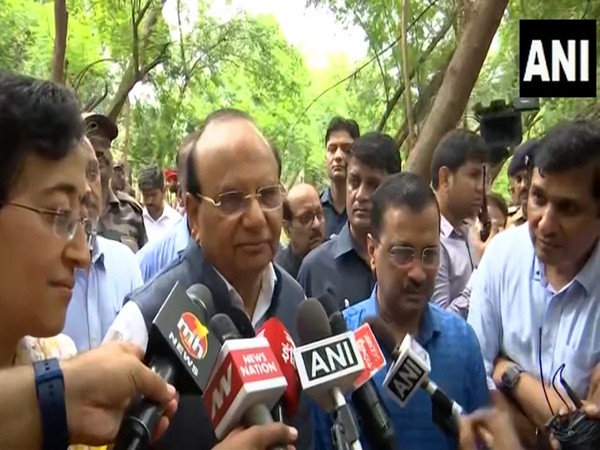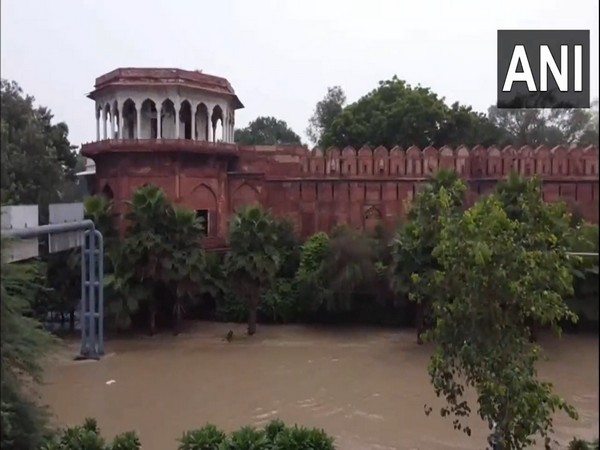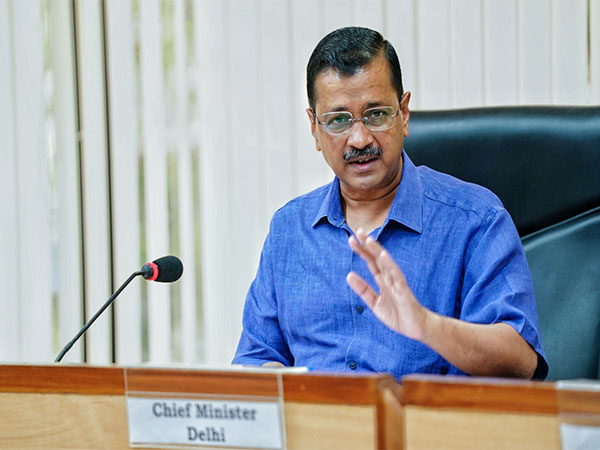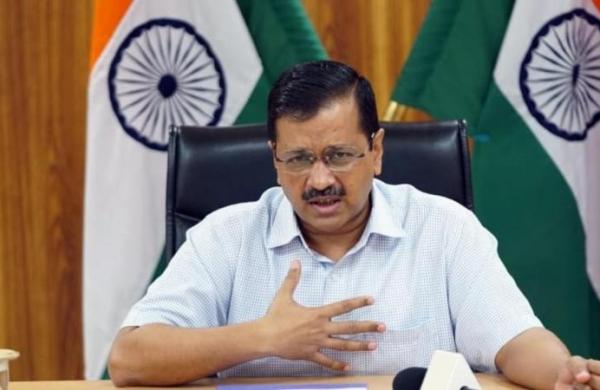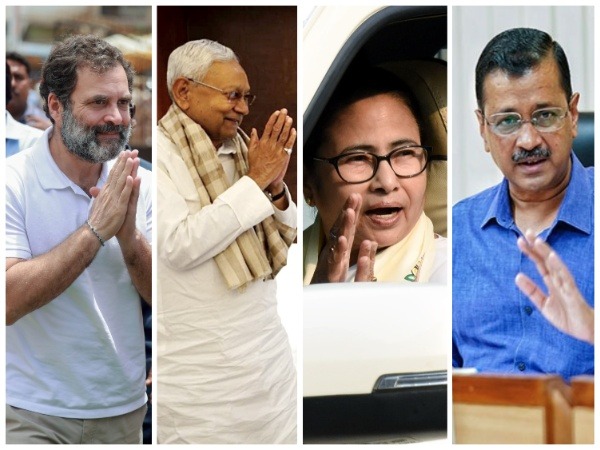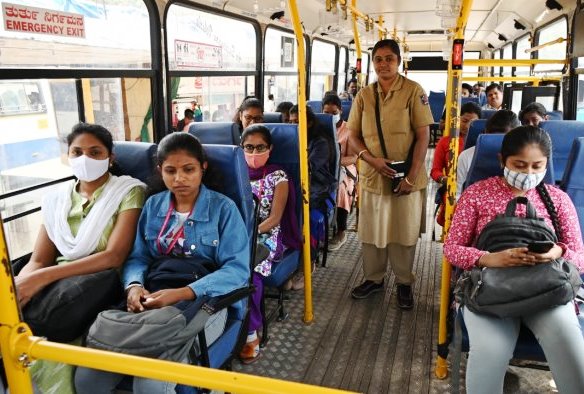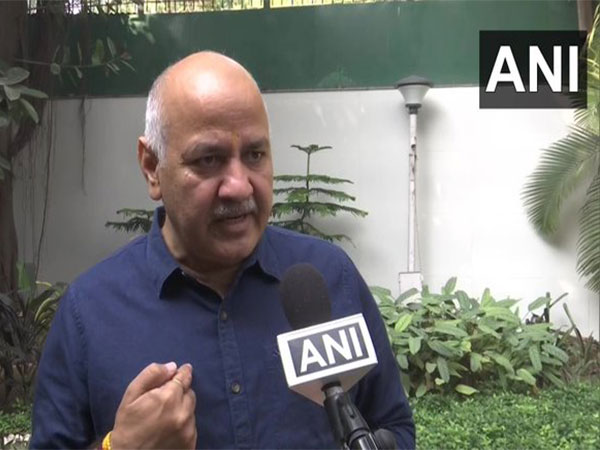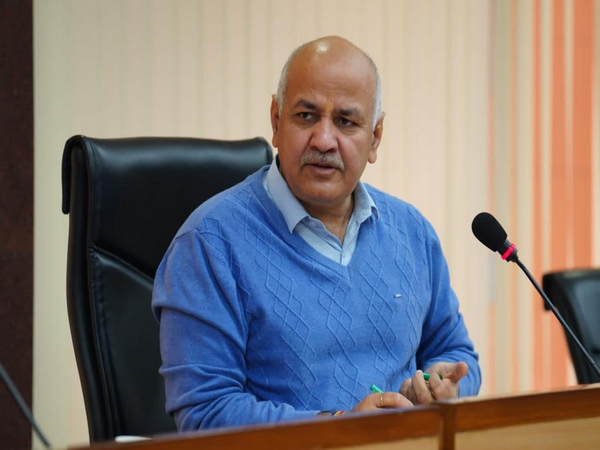The ongoing flooding woes in the national capital brought Delhi Chief Minister Arvind Kejriwal and Lieutenant Governor VK Saxena, who have been trading barbs in the recent past, together as the two briefed the media jointly on the previaling situation, saying, “We need to work as a team”.
Flanked by CM Kejriwal, ministers Atishi and Saurabh Bharadwaj, L-G Saxena on Friday inspected a flooded stretch near Vikas Bhawan, ITO where a drain regulator was damaged.
The L-G was responding to minister Saurabh Bharadwaj, who said the NDRF team reached the spot only on Friday, even after several requests to the officers last night.
“Thank you, the situation would have been better had the NDRF reached the spot last night itself,” Bharadwaj said.
L-G Saxena said, “I would like to tell you that this is not the time to resport to a blame game or point fingers at each other. Right now, we need to work as a team. I, too, can say a lot of things but this isn’t what we should do at this time.”
Meanwhile, at the joint press briefing, CM Kejriwal said people, who have been grappling with flooding woes over the last couple of days, will get a measure of respite soon, as the rising waters of the Yamuna was receding slowly but surely.
“…water flooded different areas due to many reasons. Here, the flooding took place because of a breach (of drain regulator) while at Raj Ghat, it was a caused due to backflow of water from a drain. Several other places were flooded due to the backflow of the Yamuna waters. However, the people will get some respite soon as the Yamuna waters have started receding,” the CM said.
Meanwhile, earlier in the day, Delhi’s Public Works Department (PWD) Minister Atishi said the water level of the Yamuna was receding gradually at a rate of 0.1 metre and will it take another day for normalcy to be restored.
Atishi said no individual could be blamed for the prevailing situatuion as it is the fallout of incessant and heavy rainfall over North India.
“However, there’s good news now as the water levels have started receding. It was stable between 1pm and 7pm yesterday and is receding gradually now. However, since it is receding at a rate of 0.1 metre, it will, perhaps, take another day’s time for the waters go down entirely and for the situation to return to normal. Water entered several areas as the drains were overflowing and there was backflow from the Yamuna. Pumping out the water is not an option as it would have to be discharged into the Yamuna itself, which is already in spate. The situation cannot be blamed on any individual as it is the result of incessant and heavy rainfall over North India. However, the good thing is that the water is receding slowly,” Atishi said.
Earlier, speaking on the flood situation in the national capital, Special CP, Traffic, Surender Singh Yadav, said, “As many as 4,500 police personnel have been deployed in all the affected areas of Delhi. The movements of the Kawariyas are also being monitored. We have been informed that there’s been a decrease in water level at Kashmiri Gate and other areas. But the Ring road area towards Wazirabad is still flooded. We are trying to open the Bhairon Marg by this evening.”
Meanwhile, India Meteorological Department (IMD) on Friday predicted that Delhi will likely receive light to moderate rain accompanied by thunderstorms over the next 4-5 days. (ANI)
Read More: http://13.232.95.176/
